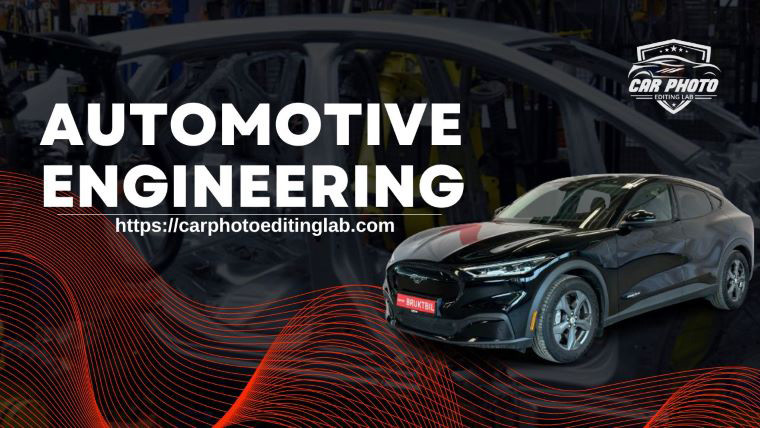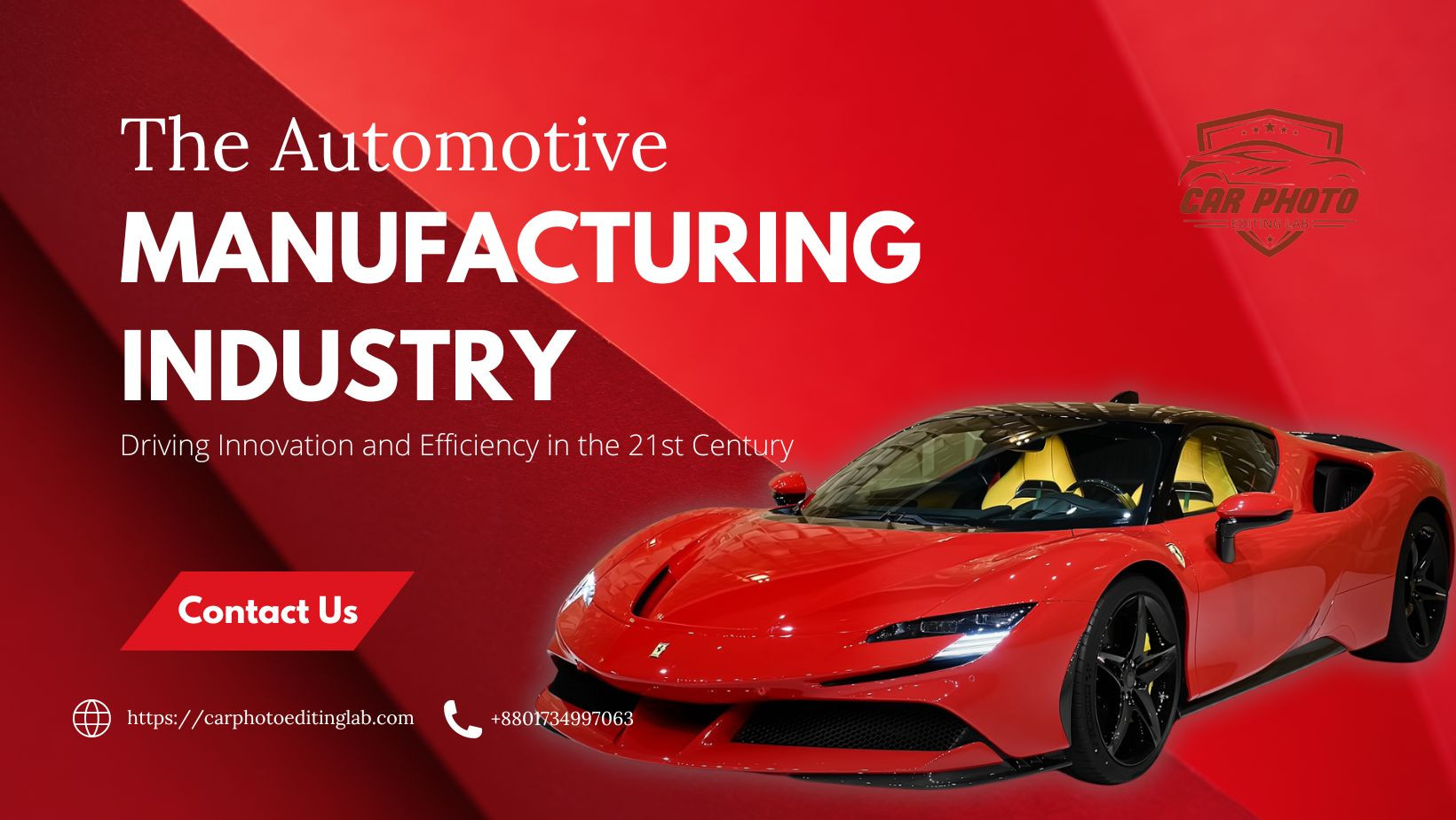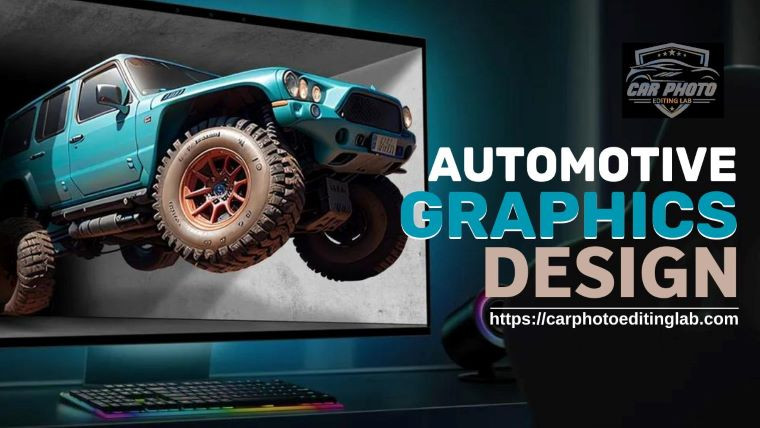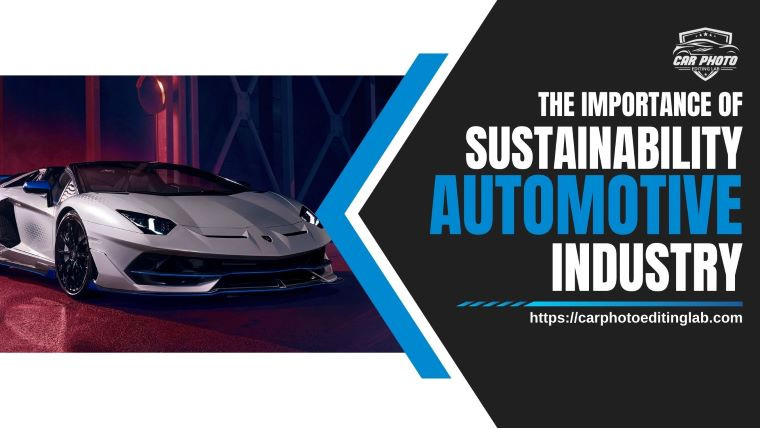-
Contact us with Whatsapp:
+8801734997063 -
Mail Us:
[email protected] -
Service Hours
24/7
The Future of Automotive Engineering: Innovations Driving the Next Generation of Vehicles

May 2024
- 20 May 2024
- Business Solution
- 0 Views
The Future of Automotive Engineering: Innovations Driving the Next Generation of Vehicles
Automotive engineering, a branch of vehicle engineering that incorporates elements of mechanical, electrical, electronic, software, and safety engineering, has always been at the forefront of technological innovation. The automotive industry is undergoing a seismic shift, fueled by advancements in electric vehicles (EVs), autonomous driving technology, and sustainability efforts. In this blog post, we'll explore the current trends, breakthroughs, and future directions of automotive engineering.
Electrification: The EV Revolution
The push for cleaner, more sustainable transportation solutions has catapulted electric vehicles into the limelight. Automotive engineers are tackling numerous challenges to make EVs more efficient, affordable, and accessible.
1. Battery Technology: One of the critical areas of focus is battery technology. The efficiency, range, and lifespan of EVs largely depend on their batteries. Lithium-ion batteries are currently the standard, but advancements in solid-state batteries promise higher energy densities, faster charging times, and improved safety. Companies like Toyota and QuantumScape are leading the charge in this area, working on commercializing solid-state batteries within the next decade.
2. Charging Infrastructure: For EVs to become mainstream, a robust and widespread charging infrastructure is essential. Engineers are developing ultra-fast charging stations, which can significantly reduce the time it takes to recharge an EV. Additionally, wireless charging technology is being explored to provide more convenience to EV owners.
3. Energy Management Systems: Efficient energy management is crucial for maximizing the range of electric vehicles. Advanced algorithms and AI are being integrated into energy management systems to optimize power distribution between the battery and the vehicle's systems, enhancing overall efficiency.
Autonomous Vehicles: The Road to Self-Driving Cars
Autonomous driving technology is another revolutionary change in the automotive industry. It promises to make driving safer, reduce traffic congestion, and provide mobility solutions for those unable to drive.
1. Sensor Technology: Autonomous vehicles rely on a suite of sensors, including LiDAR, radar, ultrasonic sensors, and cameras, to perceive their surroundings. The integration and processing of data from these sensors allow the vehicle to make informed decisions. Engineers are working to improve the resolution, range, and reliability of these sensors while reducing costs.
2. Artificial Intelligence and Machine Learning: At the heart of autonomous driving is AI. Machine learning algorithms process the vast amounts of data collected by the vehicle's sensors, enabling the car to recognize objects, predict behaviors, and make real-time decisions. Continuous advancements in AI are making autonomous systems more reliable and capable of handling complex driving scenarios.
3. Vehicle-to-Everything (V2X) Communication: For autonomous vehicles to operate safely and efficiently, they need to communicate with each other and with infrastructure. V2X technology allows vehicles to exchange information about their speed, location, and the road environment, helping to prevent accidents and improve traffic flow.
Sustainability and Environmental Impact
The automotive industry is also focusing on reducing its environmental footprint, not just through the adoption of electric vehicles but also through sustainable manufacturing practices and materials.
1. Lightweight Materials: Reducing the weight of vehicles is an effective way to improve fuel efficiency and reduce emissions. Engineers are increasingly using lightweight materials such as carbon fiber, aluminum, and advanced composites. These materials offer the same strength as traditional steel but at a fraction of the weight.
2. Recyclable and Biodegradable Materials: Sustainability extends to the materials used in vehicle interiors and exteriors. The use of recyclable and biodegradable materials is growing, with companies exploring options like bio-based plastics and natural fibers. For instance, Ford has been experimenting with materials like soy-based foam and recycled fabrics in their car interiors.
3. Sustainable Manufacturing: Automotive manufacturers are adopting more sustainable practices in their production processes. This includes reducing waste, conserving water, and using renewable energy sources. Companies like BMW and Tesla have committed to making their manufacturing facilities carbon-neutral.
The Integration of Connectivity
Modern vehicles are becoming increasingly connected, integrating advanced infotainment systems, telematics, and IoT (Internet of Things) devices.
1. Infotainment Systems: Today's cars are equipped with sophisticated infotainment systems that offer navigation, entertainment, and connectivity features. These systems are increasingly voice-activated and integrate seamlessly with smartphones, providing a safer and more convenient user experience.
2. Telematics: Telematics systems gather and transmit data about the vehicle's performance, location, and driver behavior. This data can be used for a variety of purposes, from fleet management to predictive maintenance. For instance, predictive maintenance systems can analyze data to foresee potential mechanical issues before they become serious problems.
3. IoT and Smart Vehicles: The Internet of Things is enabling new levels of connectivity in vehicles. Smart vehicles can communicate with smart homes, traffic lights, and other connected infrastructure. This connectivity enhances the driving experience, improves safety, and contributes to smarter urban mobility solutions.
Challenges and Opportunities
While the advancements in automotive engineering are exciting, they also come with a set of challenges and opportunities.
1. Regulatory and Safety Concerns: As new technologies are introduced, regulatory bodies need to ensure that they meet safety and performance standards. This includes setting standards for autonomous driving, battery safety, and cybersecurity. Engineers must design systems that not only comply with regulations but also anticipate future standards.
2. Cybersecurity: With increased connectivity comes the risk of cyberattacks. Automotive engineers must prioritize cybersecurity to protect vehicles from hacking and ensure the safety and privacy of drivers. This involves developing robust encryption methods, secure communication protocols, and regular software updates.
3. Consumer Acceptance: The success of new automotive technologies also depends on consumer acceptance. Educating consumers about the benefits and safety of electric and autonomous vehicles is crucial. Manufacturers need to build trust by demonstrating the reliability and advantages of these technologies.
The Road Ahead
The future of automotive engineering is incredibly promising. The shift towards electrification, autonomy, connectivity, and sustainability is setting the stage for a new era of transportation. Engineers are at the forefront of this transformation, pushing the boundaries of what is possible and creating vehicles that are safer, more efficient, and more environmentally friendly.
As we move forward, collaboration between automakers, tech companies, and governments will be essential. Together, they can address the challenges, leverage the opportunities, and pave the way for a smarter, cleaner, and more connected automotive future.
In conclusion, the field of automotive engineering is undergoing a period of rapid innovation and change. The advancements in electric and autonomous vehicles, sustainable materials, and connectivity are not only transforming the industry but also redefining our relationship with transportation. The journey ahead is full of potential, and the engineering feats achieved today will shape the vehicles of tomorrow.
Written BY: Clipping Partner India
The best Image editing company.
























1 Comment
Alexandra
28 May, 2025 12:13 PMThanks a lot. I like it! casino en ligne Amazing content Appreciate it! casino en ligne Very good write ups Many thanks. casino en ligne Nicely put, Appreciate it! casino en ligne Amazing loads of great tips! meilleur casino en ligne Nicely put. Regards. casino en ligne France Reliable posts Many thanks! casino en ligne Wow many of great material! casino en ligne Wow lots of wonderful info! casino en ligne Fantastic postings, Thanks a lot. casino en ligne France